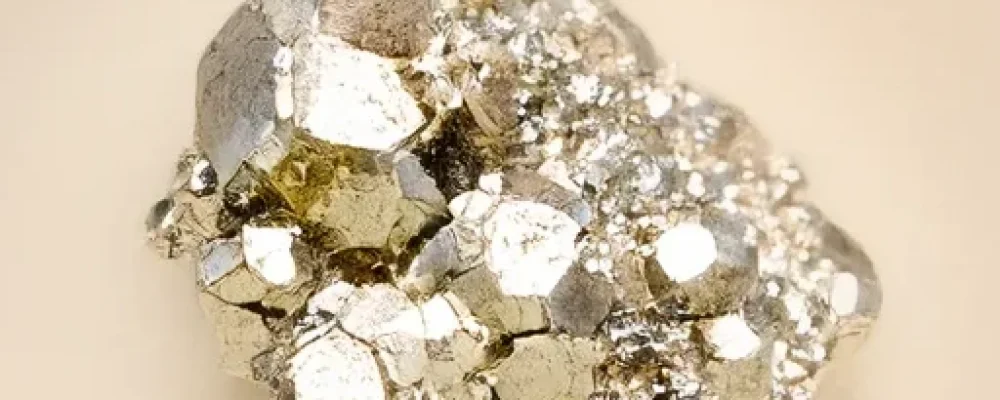The Formation of Crystals: Nature’s Geological Marvel
The formation of crystals is a captivating geological phenomenon that begins with the very definition of what constitutes a crystal. Crystals are solids whose atoms or molecules are arranged in a highly ordered, repeating pattern extending in all three spatial dimensions. This unique structural attribute is what sets crystals apart from other solid materials.
Crystals can form in a variety of natural environments, each contributing to the diversity of crystal types we observe. In igneous rocks, crystals such as quartz and feldspar form as molten rock cools and solidifies. The rate of cooling plays a crucial role; slower cooling allows for the growth of larger crystals, while rapid cooling tends to produce smaller crystals. Metamorphic rocks, subjected to intense heat and pressure, can also yield impressive crystals like garnet and mica. These conditions cause the minerals within the rocks to recrystallize, forming new crystal structures. Sedimentary environments, where minerals precipitate out of solution, give rise to crystals such as halite (rock salt) and gypsum.
The crystallization process is influenced by several key factors: temperature, pressure, and chemical composition. For instance, diamonds form under extremely high pressures and temperatures deep within the Earth’s mantle, while salt crystals can form from evaporating saline water at much lower temperatures and pressures. The availability of specific chemical elements is also critical; the presence or absence of certain elements can determine the type of crystal that forms.
Examples of well-known crystals include quartz, which is abundant in the Earth’s crust and forms in a variety of geological settings, diamonds, known for their exceptional hardness and brilliance, formed under high-pressure conditions, and salt crystals, which often emerge from evaporating seawater. Each type of crystal is a testament to the distinct environmental conditions under which it was formed.
In addition to naturally occurring crystals, synthetic crystals play a significant role in various industries. These man-made crystals are produced in laboratory settings through processes that mimic natural crystallization. Synthetic diamonds, for example, are created using high-pressure, high-temperature techniques or chemical vapor deposition, replicating the natural conditions under which their natural counterparts form.
The Diverse Uses of Crystals: From Science to Spirituality
Crystals have long fascinated humanity, not only for their aesthetic beauty but also for their diverse applications across various fields. In the realm of science and industry, crystals play a pivotal role. For instance, piezoelectric crystals, such as quartz, are integral to numerous modern technologies. These crystals generate an electric charge in response to mechanical stress, making them indispensable in electronic devices. Quartz crystals, in particular, are utilized in timekeeping devices like quartz watches due to their precise oscillatory properties, which ensure accurate time measurement.
In optics, crystals are critical for the development of various instruments. Synthetic crystals, such as silicon and gallium arsenide, are essential in the manufacturing of semiconductors, which form the backbone of modern electronics. Crystals are also used in laser technology, where their ability to focus light is harnessed for applications ranging from medical procedures to telecommunications.
Beyond their scientific and industrial uses, crystals hold significant cultural and spiritual importance. Throughout history, various cultures have revered crystals for their perceived healing and protective properties. For example, amethyst has been valued for its supposed ability to calm the mind and protect against negative energies. Rose quartz is often associated with love and emotional healing, while jasper is considered a stone of strength and stability.
In many spiritual practices, crystals are used as tools for meditation and energy balancing. Practitioners believe that crystals can influence the body’s energy fields, promoting physical and emotional well-being. This belief is rooted in ancient traditions and continues to be a part of contemporary alternative medicine.
However, the scientific community remains skeptical about the purported metaphysical properties of crystals. While anecdotal evidence abounds, rigorous scientific research into these claims is ongoing. Some studies suggest that the benefits of crystals may be attributed to the placebo effect. Nevertheless, the allure and intrigue of crystals persist, bridging the gap between science and spirituality.
